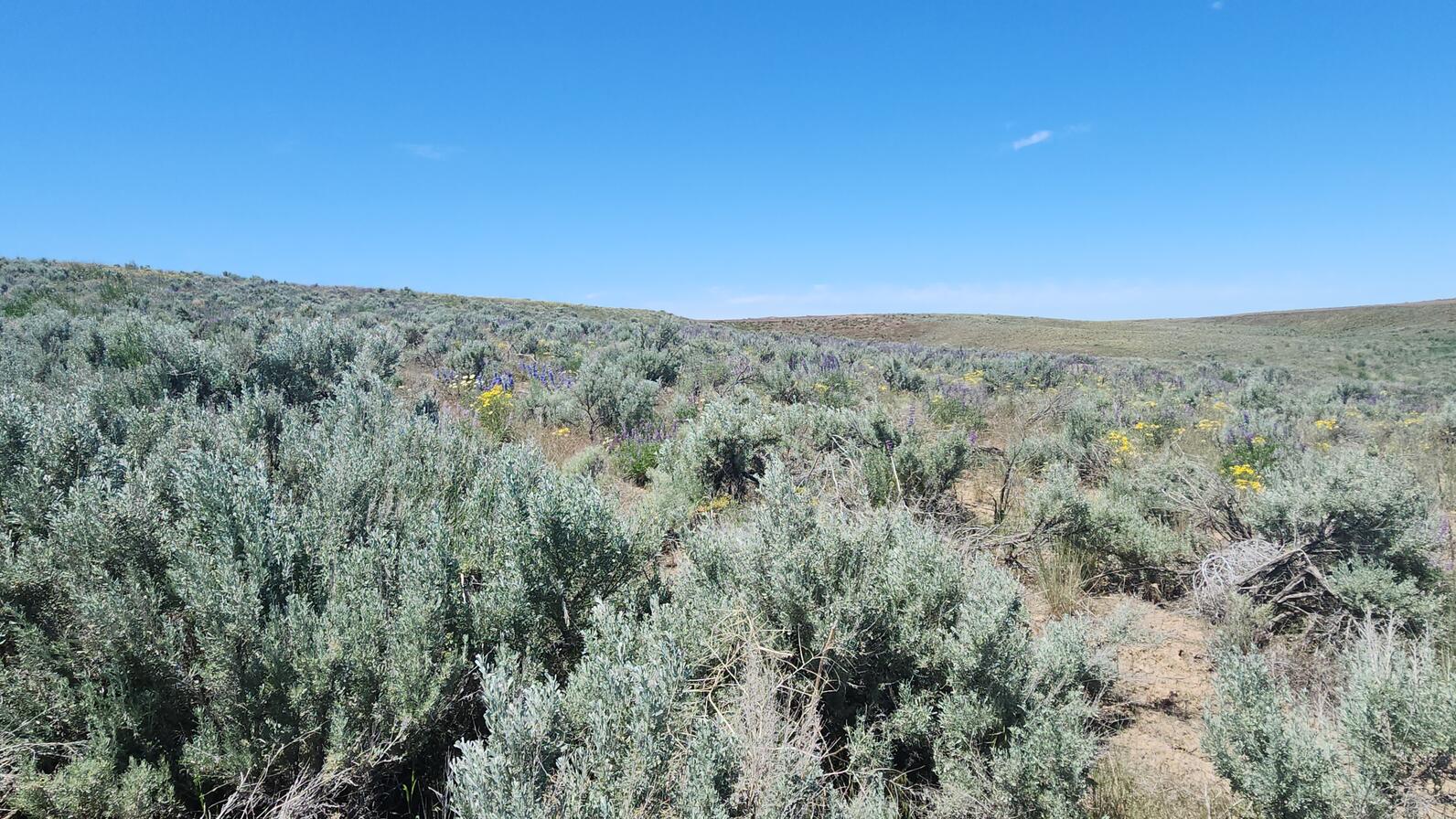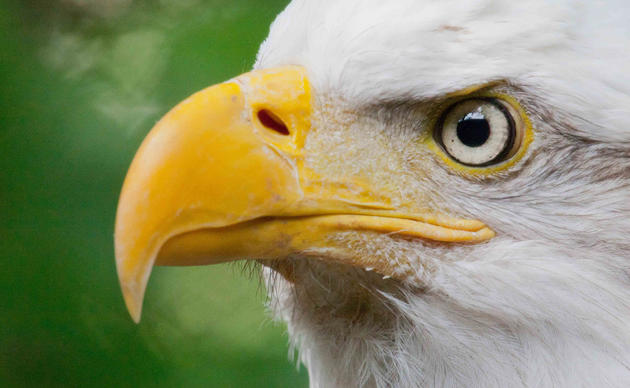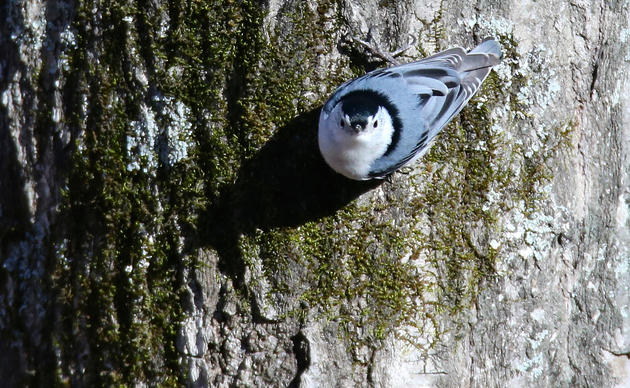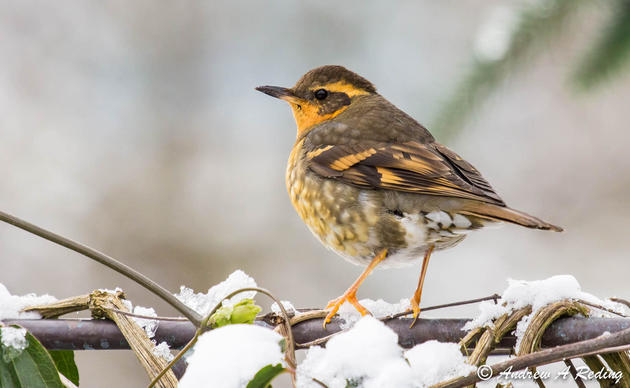Greater Sage-grouse once filled the sagebrush valleys of the western United States. Their elaborate spring courtship displays on open habitat, called leks, symbolized the health of vast, interconnected landscapes. Today, their populations have plummeted, and in Washington state, they remain in only a few strongholds. That’s why Audubon Washington led a focused field effort in 2024–2025 to better understand the species’ presence on private lands in South Central Washington.
With support from the Washington Department of Fish and Wildlife’s (WDFW) Wildlife Diversity Grant Program, our project focused on private working lands in the Toppenish Ridge Management Area. This remote region, part of the broader Columbia Plateau ecoregion, was once home to a native sage-grouse population that disappeared by the late 20th century. In response, the Yakama Nation launched a reintroduction effort in the early 2000s. Though this population has long been considered unsuccessful, recent landowner sightings renewed interest and helped spark our survey project. These new observations, combined with the area's ecological value and conservation potential, made Toppenish Ridge a high-priority landscape for continued sagebrush restoration and species recovery efforts.
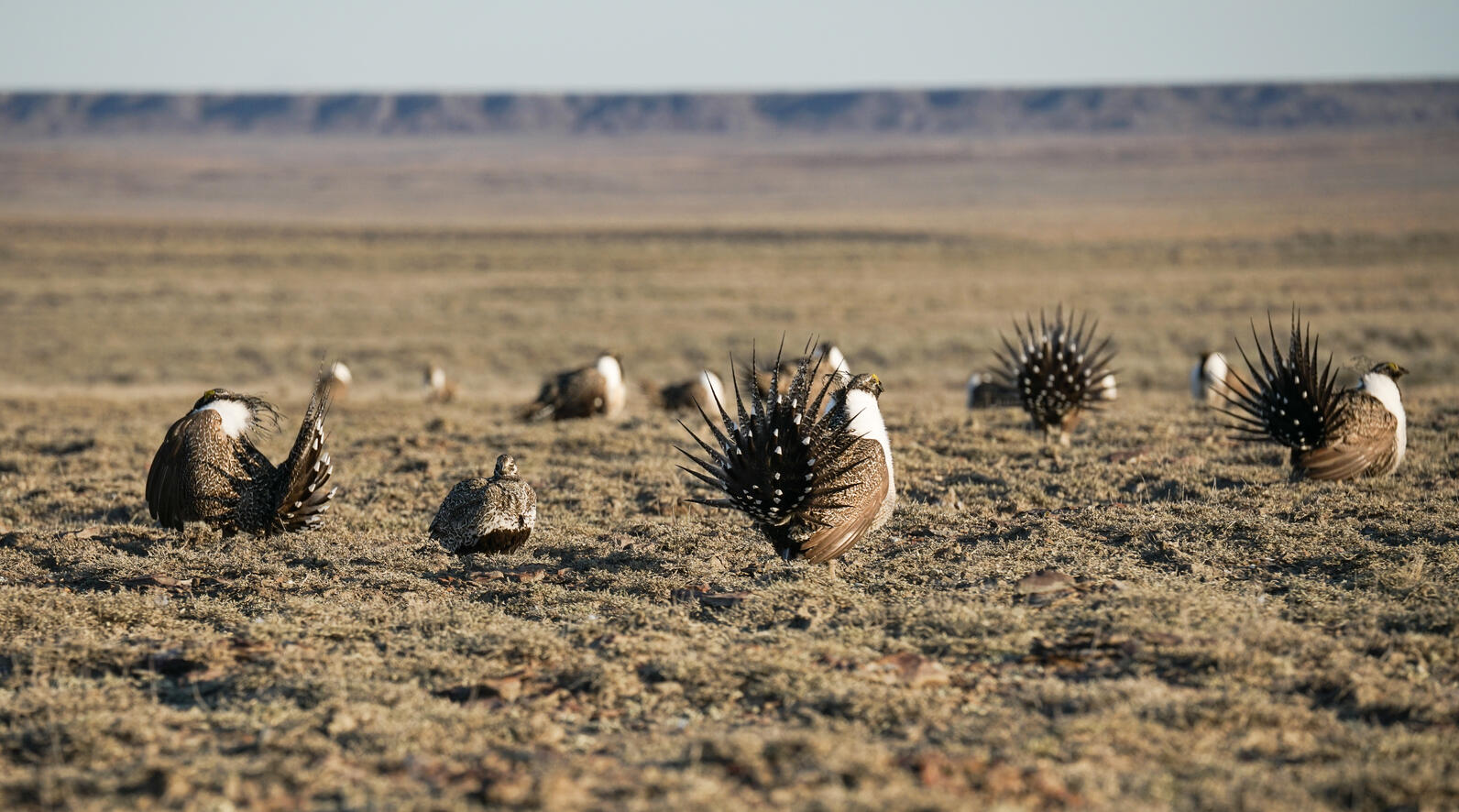
Over the course of the project, Audubon worked in close partnership with WDFW to create and finalize sage-grouse survey protocols tailored to the landscape and research goals. Using a grid-based sampling design, we laid out a field plan to systematically cover key portions of the study area. Our field team conducted 21 days of lek road surveys, driving over 200 miles of roads to scan for active breeding grounds across Toppenish Ridge. These early morning efforts focused on identifying the presence of male sage-grouse during their spring displays. In addition, we completed 119 scat transect surveys, walking pre-mapped grids to search for evidence of grouse presence across sagebrush flats and ridgelines. In total, these surveys covered approximately 40,000 acres of potential habitat, working closely with private landowners to access priority habitat.
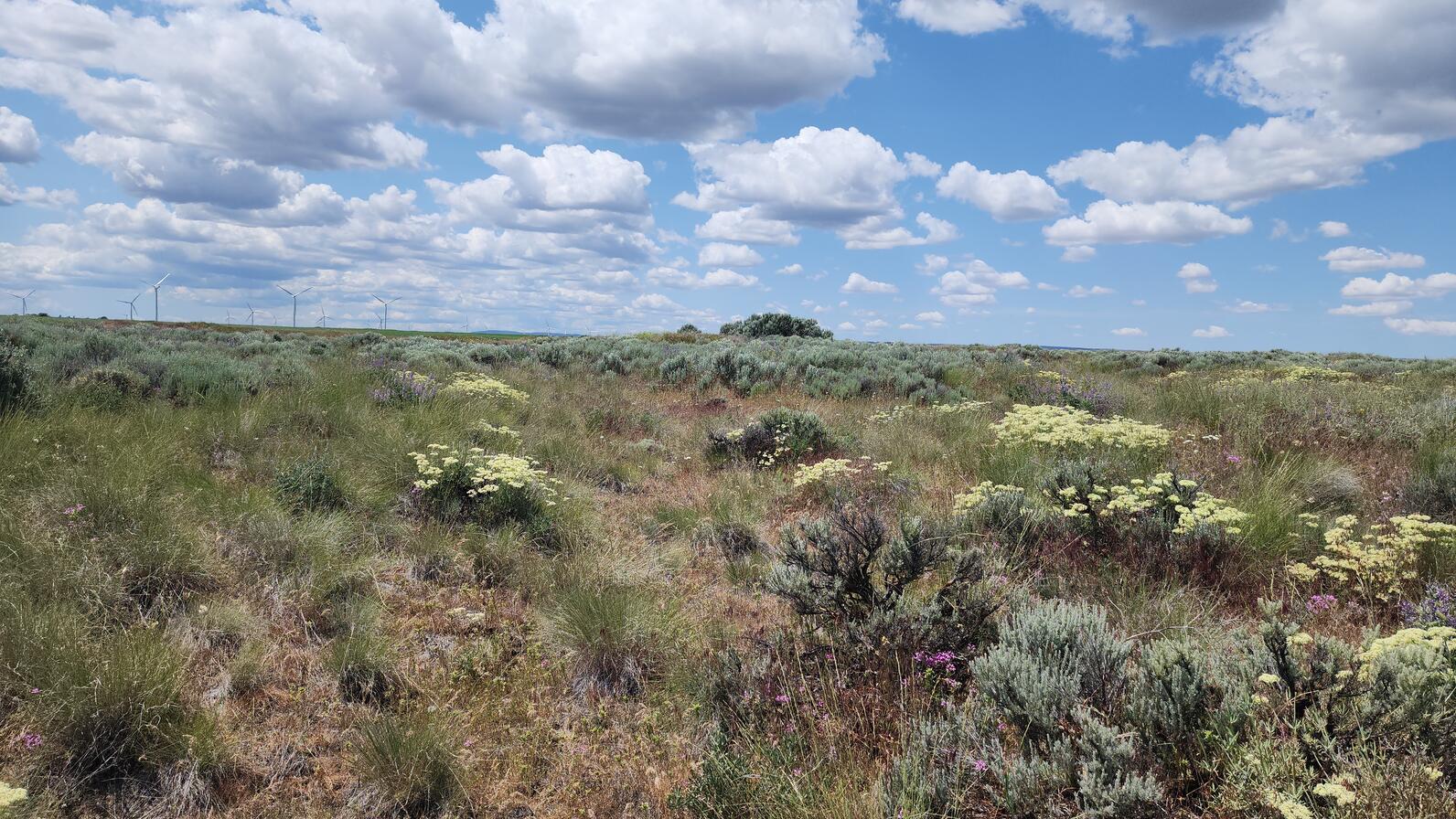
Despite the scale of effort, no sage-grouse were detected during the 2025 spring season. While this result may seem discouraging, the absence of detections provides critical insight. It helps clarify where sage-grouse are no longer active, including the area where the last male was seen lekking in 2018. These findings help guide future monitoring and restoration strategies and underscore the urgency of protecting the remaining habitat before further losses occur.
One of the clearest takeaways from this project is the vital role that private landowners play in the future of sage-grouse conservation in Washington. Many of the most important remaining habitats are found on working lands, where land stewards are already deeply connected to the landscape. Supporting these landowners with the right tools—technical assistance, voluntary conservation programs, and flexible funding—will be essential to building lasting, effective strategies for recovery. These partnerships not only protect habitat but also strengthen the connection between people and place.
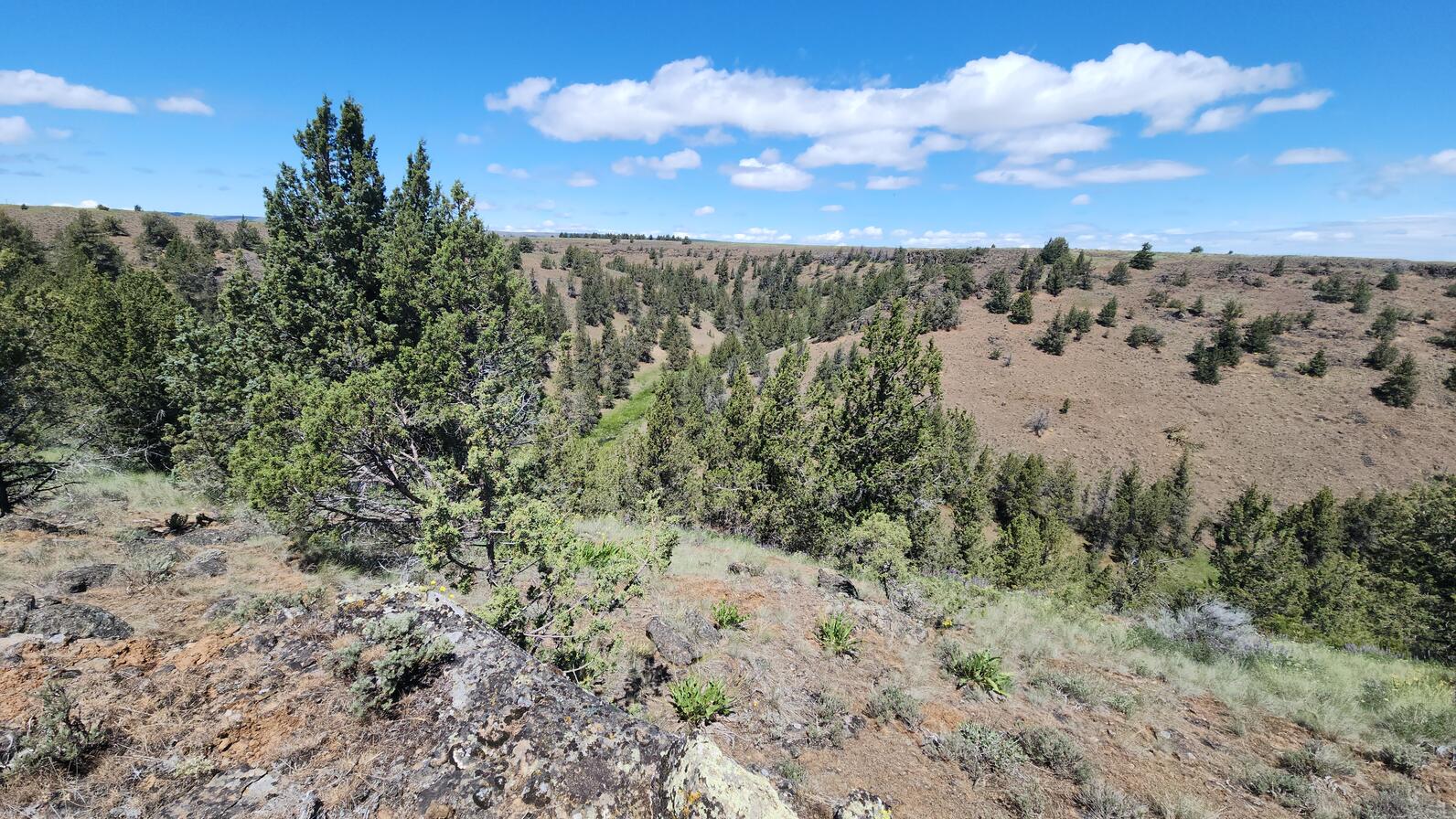
Although this project is now complete, Audubon Washington’s work to support sage-grouse recovery is far from over. We remain committed to advancing conservation through science, stewardship, and collaboration. Future efforts will include continued surveying in key areas, support for voluntary programs like Audubon Conservation Ranching, and habitat restoration projects that improve sagebrush conditions and reconnect fragmented corridors. We also plan to expand landowner engagement, offering education and technical support tailored to local needs. To strengthen future monitoring, we aim to integrate innovative tools such as autonomous recording units (ARUs) and acoustic sensors. These technologies will complement traditional field methods and enhance our ability to detect sage-grouse and other priority species across large and remote landscapes.
The urgency of protecting sage-grouse was echoed this spring in North Dakota, where, for the first time, the state recorded zero male sage-grouse at its remaining leks. This marks a sobering milestone; the apparent extirpation of sage-grouse from the state. The silence of the leks there serves as a powerful warning. When habitat loss and fragmentation go unaddressed, the decline can become permanent. Our work in Washington is part of a broader effort to ensure that story is not repeated.
